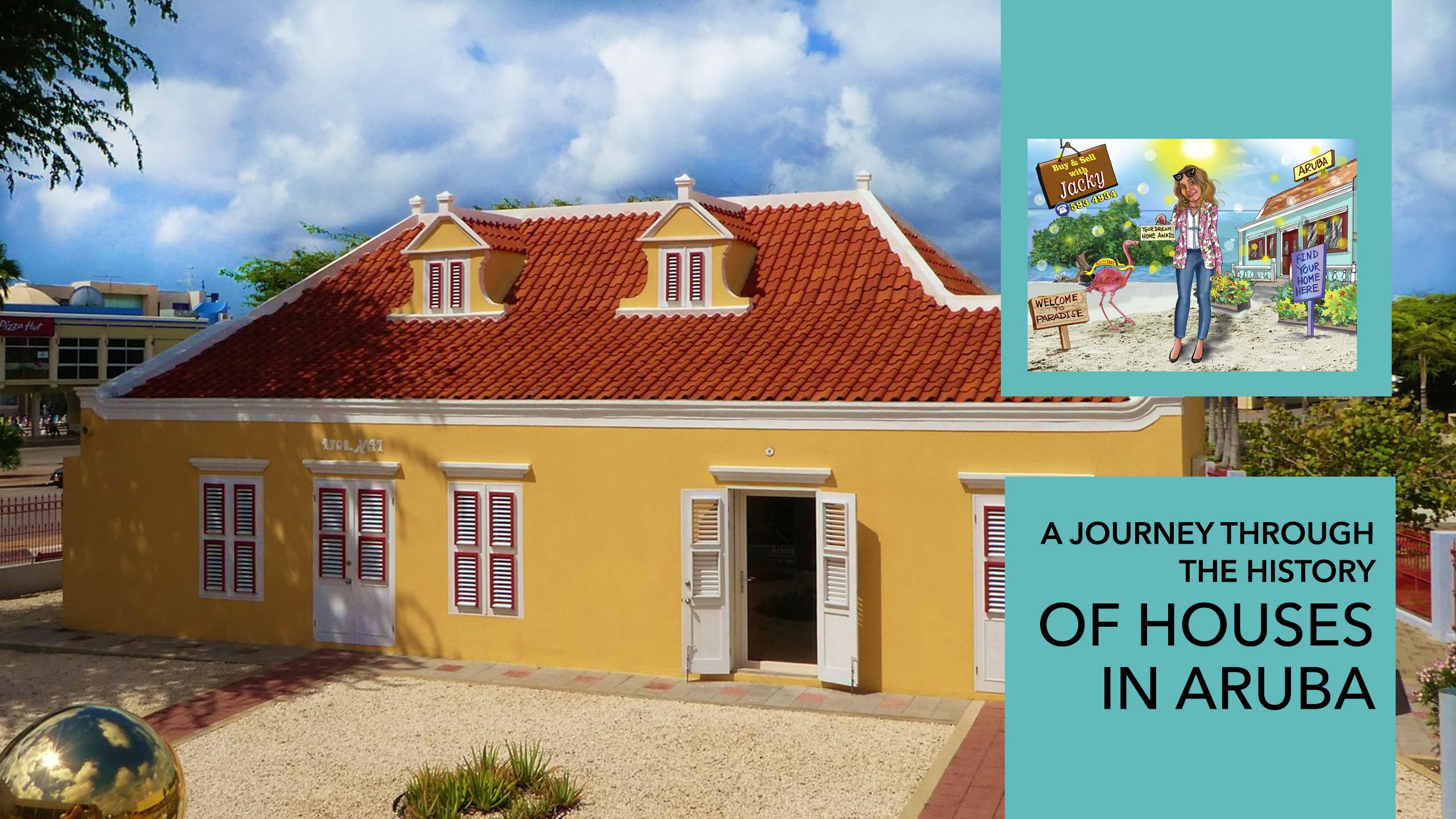

The history of houses in Aruba dates back to the Caquetio Indians, the original inhabitants of the island. The houses of the Caiquetio (1000 - 1515) were built in an oval shape from tree trunks. A wooden fence surrounded the village. These houses were designed to withstand the tropical climate and blended harmoniously with the natural environment.
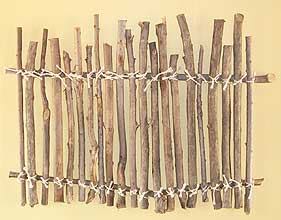

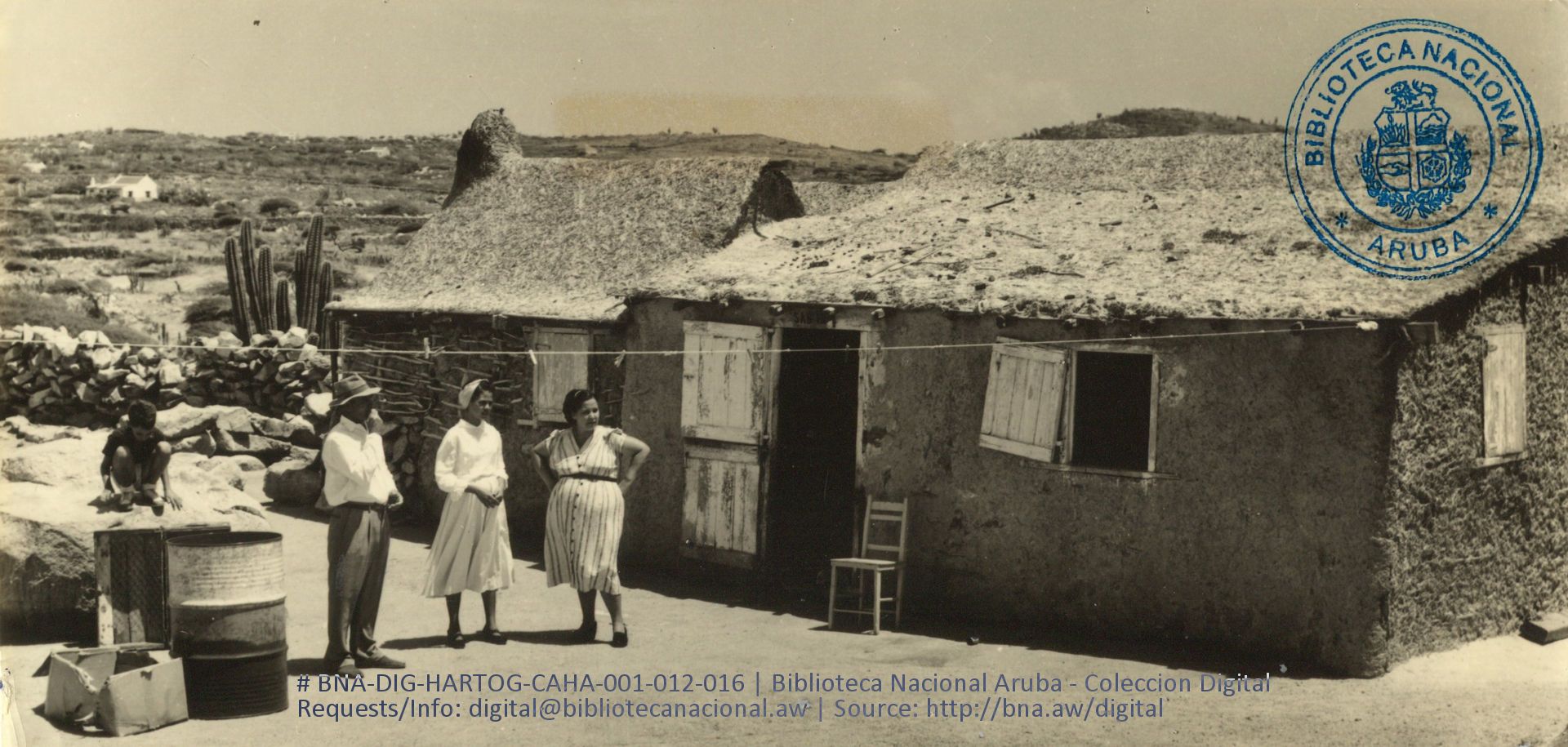

From the 17th century to the end of the 19th century, "casnan torto" were the predominant type of housing in Aruba. Known for their exceptional coolness and suitability for the local climate, these houses lost popularity in the 20th century as cement became more available. Their origin traces back to the Paraguaná Peninsula in Venezuela in the 18th century. The "casnan torto" that exist in Aruba today are approximately 150 years old. Initially, many houses on the island were built using this construction method. By 2005, only 62 "casnan torto" remained, with only four in good condition.
With the arrival of the Dutch in the 17th century, Aruba's architecture began to change. The Dutch colonial style introduced stronger construction techniques and materials such as bricks and mortar (a type of cement). Traditional Aruban houses, known as "cunucu" houses, emerged during this period. These houses were small, rectangular, with thick walls, high roofs, and windows to keep the interior cool.
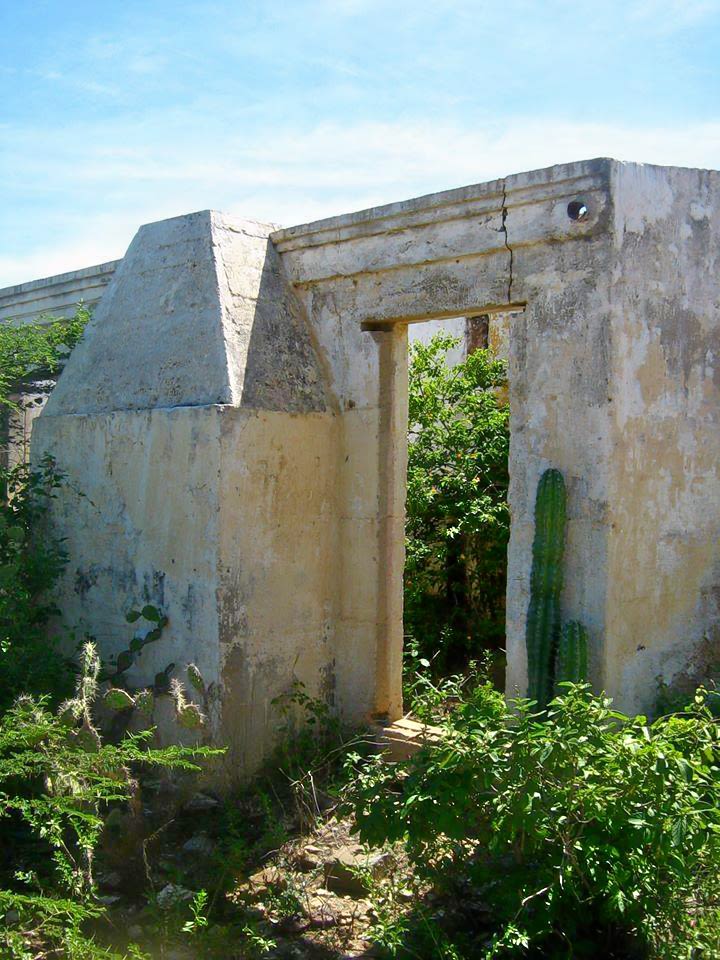

The 19th century brought significant economic growth to Aruba, mainly due to gold mining and Aloe production. This economic boom led to increased urbanization, particularly in Oranjestad. Larger and more elaborate houses were built during this period, showcasing a mix of Dutch and local architectural styles. These houses often featured wide verandas, decorated facades, and colorful exteriors. The typical Aruban house made of limestone can still be found around Aruba. After 1900, modern construction became more common. Cement blocks replaced wood, mud, and limestone.
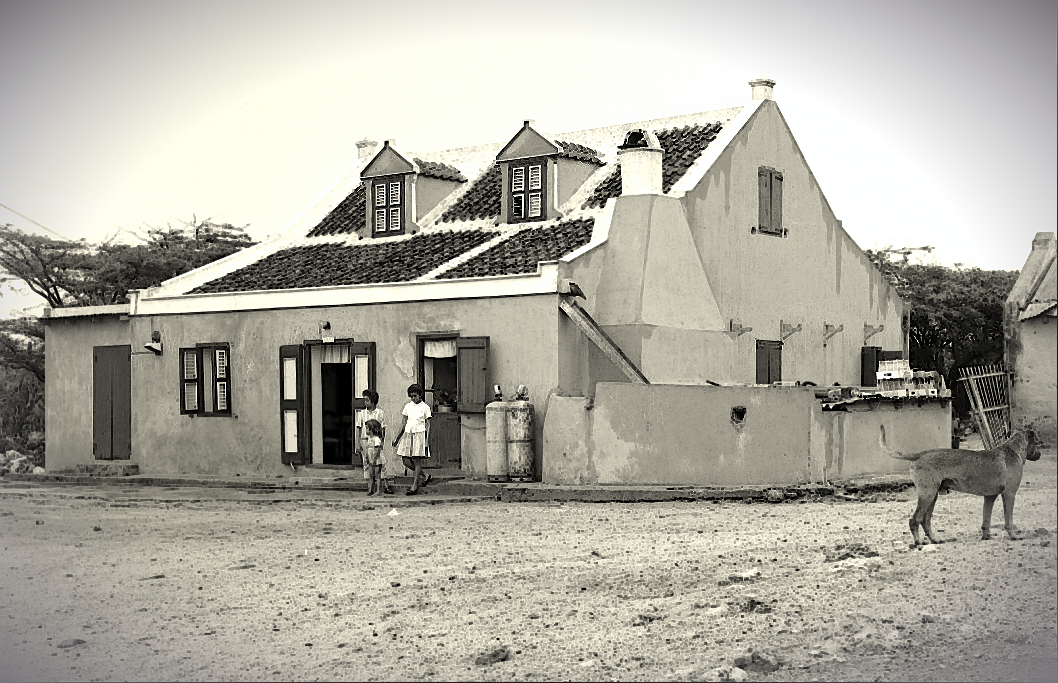
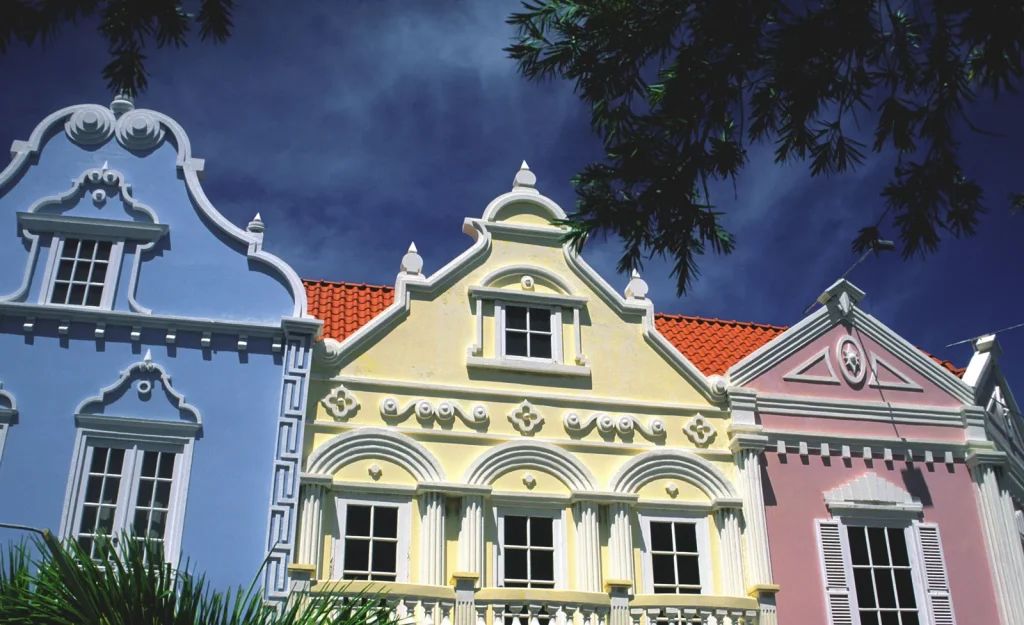

The mid-20th century marked the beginning of the tourism industry in Aruba, bringing significant changes to the real estate landscape. Hotels and vacation homes began to appear along the coast to cater to the growing number of tourists. Residential areas also expanded, with modern and comfortable houses designed to attract both locals and foreigners.
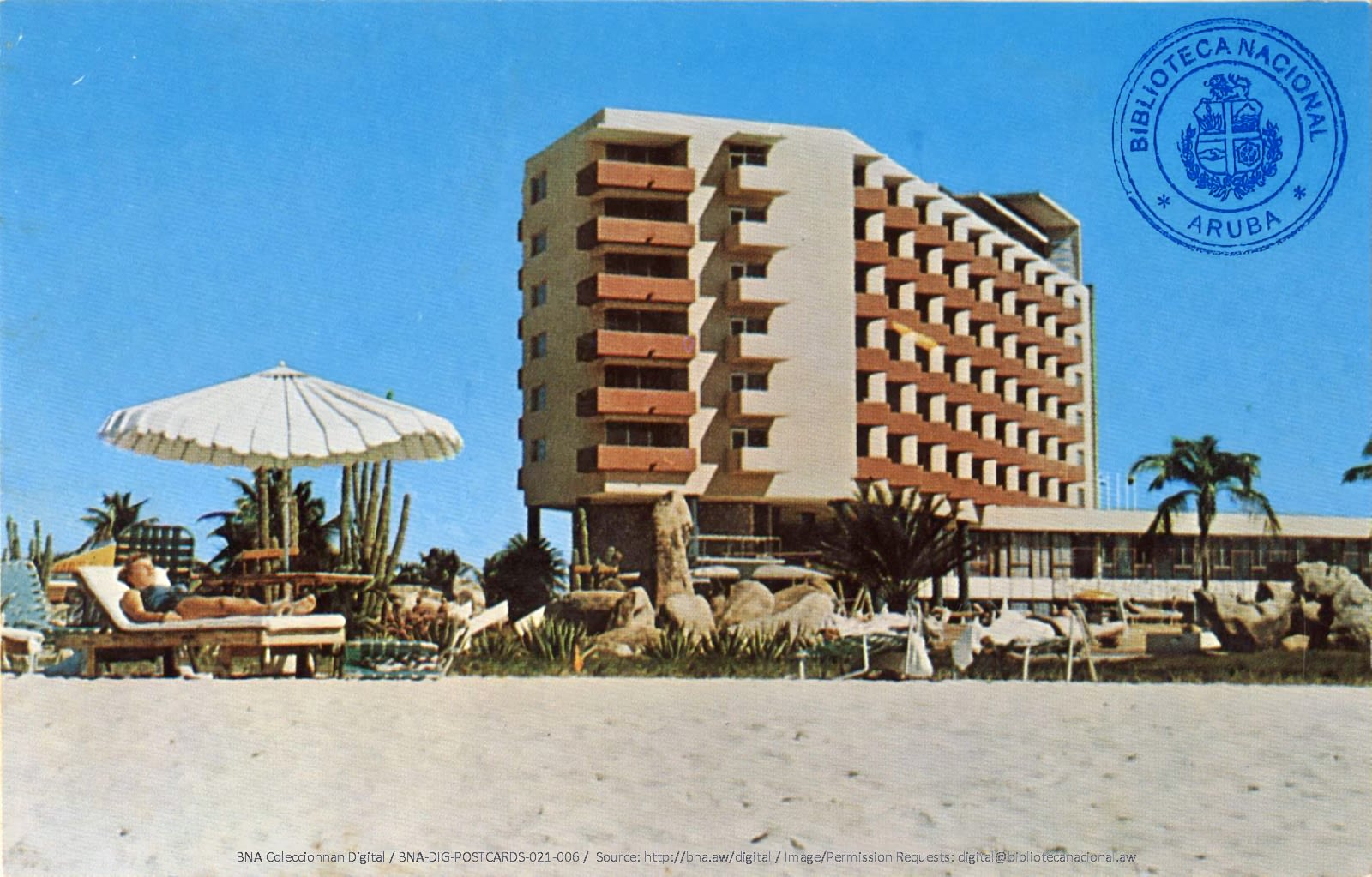

By the late 20th century, Aruba had firmly established itself as a top tourist destination. This resulted in a real estate boom, with increased demand for vacation homes, condominiums, and luxury villas. The construction of hotels and beachfront properties transformed the island's skyline, particularly in areas like Palm Beach and Eagle Beach.
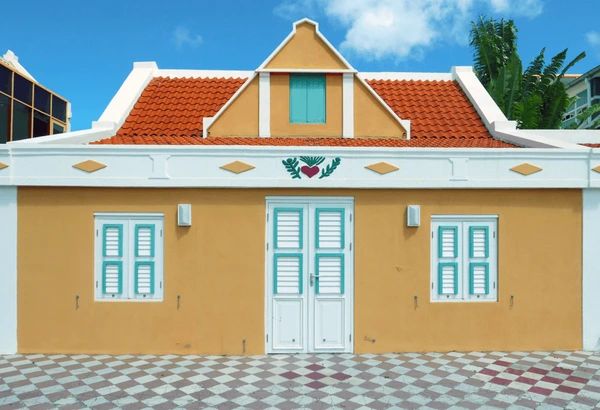

In the 21st century, Aruba's real estate market continues to flourish, with a growing focus on sustainable development and innovative design. Eco-friendly houses and green construction practices are becoming more popular, reflecting global trends towards environmental consciousness.
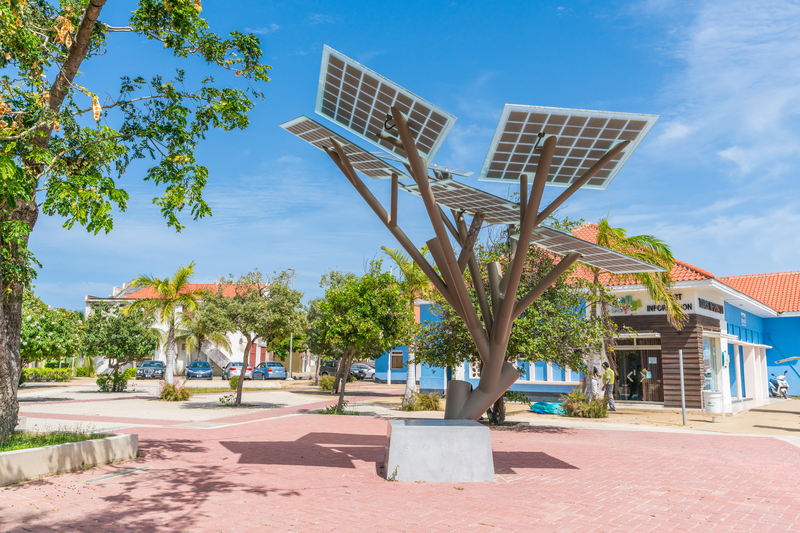
This is our first article for Xclusivo Real Estate Magazine with Buy and Sell with Jacky. We will continue to share interesting and informative articles where we will share knowledge, explore the evolution of real estate in Aruba today, and provide tips and more about our work in real estate in Aruba. Stay tuned for more exciting content!





